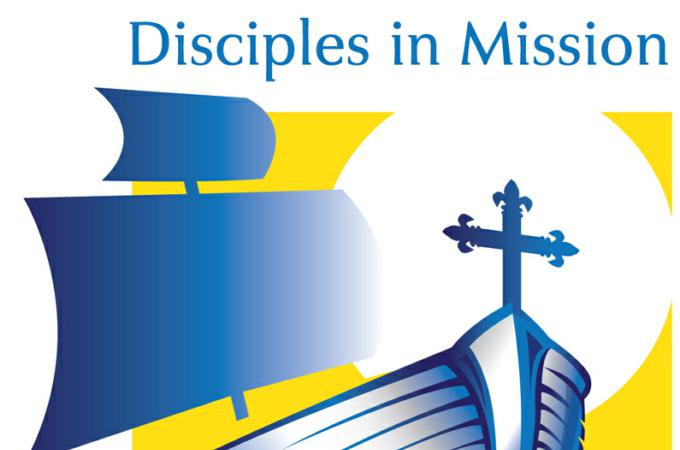What our collaborative is and is not
I started working for the Sacred Heart and Our Lady's Collaborative in Newton about 18 months ago. By that time, this "Phase I" experiment had already written its local pastoral plan and was at the very beginning stages of implementation. My metrics-driven university admissions background was excited to see goals and priorities strategically thought out and prioritized. The goals of our staff and our collaborative were not vague or contrary ideals, but written and quantifiable realities.
As I began to live into my role as pastoral associate, I quickly realized that this written pastoral vision was not always in sync with the realities of collaborative life, nor did the programs and direction we articulated always translate into solutions for the current needs and realities of one or both parishes. I am still on a steep learning curve in my ministry, but I am beginning to understand what a collaborative is, and certainly what a collaborative is not.
Our collaborative is not one homogeneous community separated by two parishes and two finance councils. This should be self-evident, but our constant search for the silver bullet of evangelization often clouds the reality that each parish community has a history and character that pulls them towards certain preferences, practices, and behaviors. This means that each priority and goal in our pastoral plan must be read in light of these realities. Programs or initiatives that may work in one parish, may work differently or be ineffective in another. And that is not a bad thing. Why? Because collaboratives are not a quick solution to the continual decline of practicing Catholics in the archdiocese. They can be, however, a sustainable and successful long-term reality.
I have experienced the benefits of this vision by working with a staff that prioritizes collaboration that happens organically. Following the lead of our pastor, Father John Sassani, we have not pushed, torn down, or completely rearranged anything in either parish. Instead, incrementally we have noticed that both communities are beginning to see themselves more and more as connected with each other. We are also seeing signs of new life in each of the parishes, and the resources available to us as a collaborative make it easier to foster these areas of growth. Most importantly, we are gaining the trust and buy-in from parishioners around this collaborative process, so when difficult decisions inevitably arise, the communities will be in a better space to respond.
On the other hand, I can say with certainty that a collaborative is a lot of work! Or, perhaps more accurately, the collaborative model in the archdiocese calls us to engage in the work of evangelization that is central to the mission of the Church. When done well, it is a lot of work. In my ministry, I have found that working within a completely new structure -- really a new way of being Church -- means you cannot be timid when it comes to trying new things.
Since I started my work in adult faith formation, I think I have tried almost everything out there: Alpha, Renew, At Home with the Word, Year of Mercy Retreats, young adult programming, young family programming, fish fries, movie nights, and more. Some of these were colossal failures, but some have proven to be invaluable in building a community of faith from which to grow and train missionary disciples. Trial and error is not a bad thing in ministry. In fact, if your pastoral plan does not challenge and push a community towards new ways of being Church, then how can a community truly grow in discipleship? While no program is a silver bullet or a quick fix to a problem, there are many excellent formation platforms available. These tools, with the proper leadership and follow-up support, can have lasting positive effects on a community committed to realizing its call to evangelize.
As I write this article, I find myself wondering if parishioners who read this have read their collaborative's pastoral plan. Do they know of its relevance in daily parish life? I ask this because interconnectedness of collaborative life means the passion, energy, faith, and evangelization efforts of parishioners are an unequivocal necessity for its success. Parish staffs must work to engage parishioners in the collaborative's strategic pastoral vision, but I also want to encourage all parishioners to ask about their own pastoral plans, and to reflect on them from the experience they have as parishioners. Only through an open dialogue can this collaborative experiment realize the lofty goal of forming communities of Disciples in Mission.
BRIAN ROMER NIEMIEC IS PASTORAL ASSOCIATE AT SACRED HEART-OUR LADY'S COLLABORATIVE IN NEWTON.



















